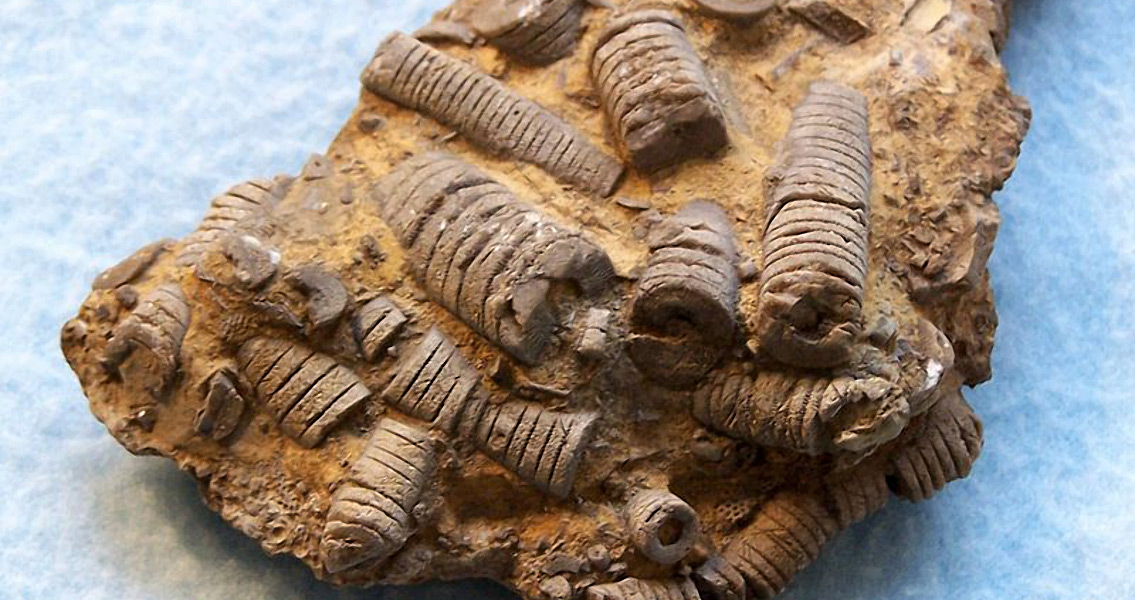<![CDATA[Researchers from the University of Cincinnati have discovered two of what are the oldest known parasitic interactions in history, in one case spanning a period of between 200 and 300 million years, according to a statement by the university. Both interactions involve hard-shelled marine animals. It was this fact that made the discoveries possible because most parasites, at least the more recent ones, tend to attach themselves to the soft tissues and the skin of their hosts, making fossilisation impossible. The hosts in both instances were species belonging to the crinoid family, modern-day members of which include sea lilies, sea urchins, and starfish. These lived at the bottom of the ancient seas hundreds of million years ago. The parasite in the first instance was a snail, and the parasite in the other a worm. In the first interaction, the parasitic snails attached themselves to the waste chute of the crinoids and initially were not the intrusive, aggressive pest we associate parasites with. In other words, the relationship with the host, which started some time during the Silurian period, was a symbiosis. As time went by however, the snails started to become more aggressive, penetrating the body of the host and feeding directly from its gut. Interestingly, the researchers who made this discovery found out something else as well: the snails apparently helped their host species to develop a spine. This happened in the Devonian, 360-420 million years ago, when larger marine predators started evolving. The crinoids that hosted the snails, around 10 species, were found to have a spiny appearance, unlike another 40 crinoid species that did not host the parasite. According to UC geologist Carlton Brett, the appearance of predatory fish on the Devonian sea scene was the factor that prompted this development. The crinoids themselves are less likely to have been the target of these predators’ attention than their parasites, but the fact that the fish were after the latter was also risky for the former, so both organisms started developing spines to escape the jaws of those early sharks and their like. The second discovery involved another group of crinoids, which acted as hosts to a worm-like organism. This parasite was far less gentle than the snails and drilled holes into the skeleton of its host. This interaction is estimated to have began during the Ordovician and continued until the middle Jurassic period – a span of some 300 million years. What’s interesting, is that the species that were chosen as hosts by the worm parasites were never the ones that hosted the snail parasites. Brett speculates in the statement that the snail parasites in a sense protected their hosts from the worms but notes that further study is necessary to establish that. Another point worth making is that these ancient parasites never went as far as killing off their hosts, which could be the reason why the relationships were so long and survived even “major biological crises.” Further study will see if the parasites had any long-term effects on their hosts, such as stunted growth. Image courtesy of Wikimedia Commons user: DanielCD]]>
200-Million-Year-Old Parasitic Interaction Uncovered
